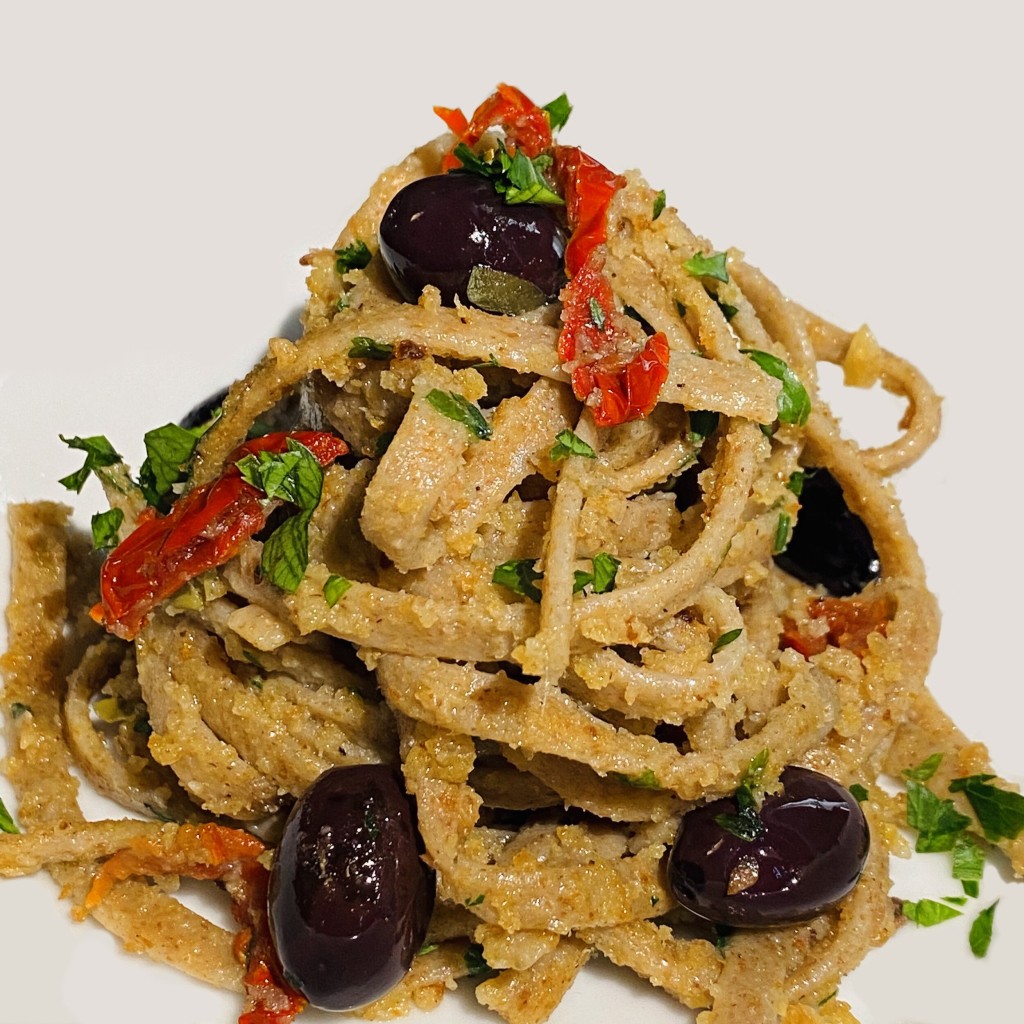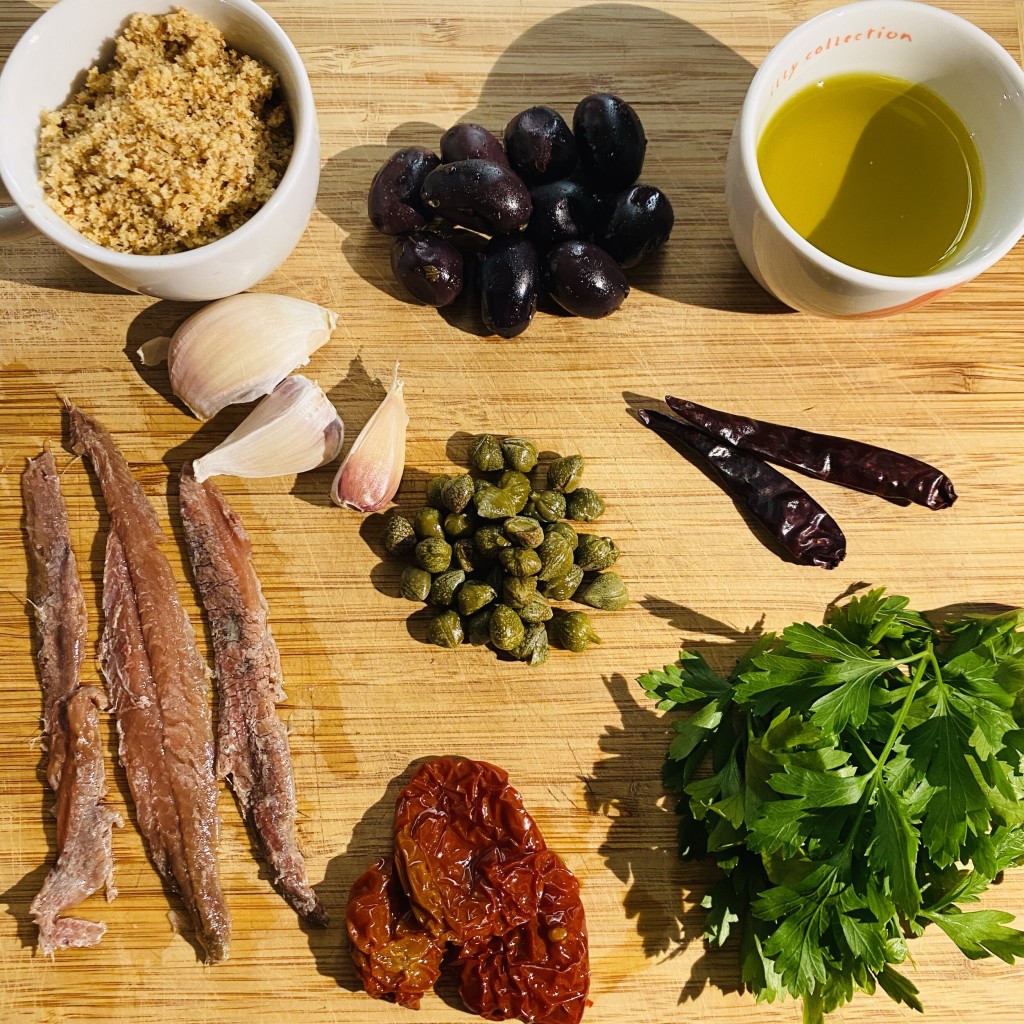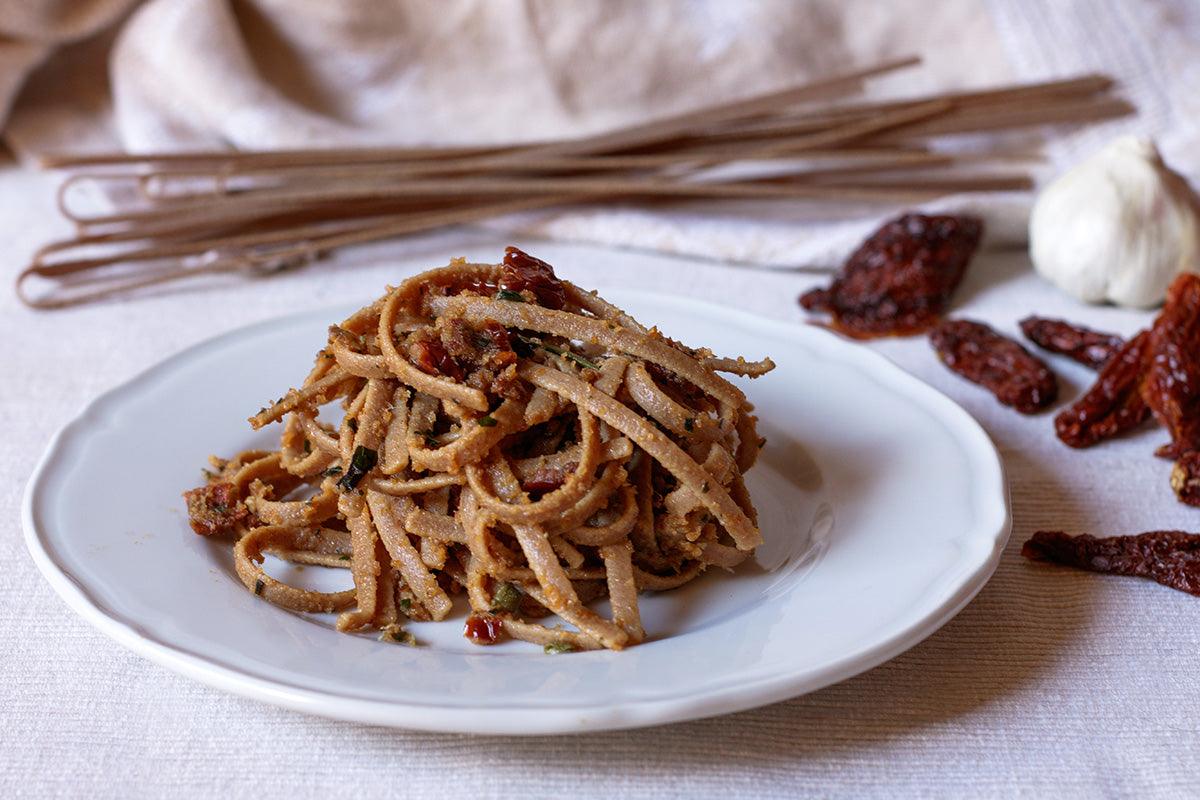La Struncatura is a pasta born within the civic habits and the eating habits of mill workers. It owes its name to the analogy between the raw material of its floury composition and the sawdust, called Struncatura in dialect (the residue of cutting a trunk). There are many myths about Struncatura, built around the concepts of poverty and hardness. Mill workers were allowed to collect the flour that fell to the ground during transport and maintenance operations. It is easy to imagine that during the transport of the sacks, the workers threw on the ground as much flour as possible and of different kinds: sometimes whole wheat, sometimes rye, hard and soft wheat, with different degrees of grinding. It goes without saying that during this operation, the workers would pick up impurities, earth residues or other residues from the floor with large brooms, hence the legends about the dark color of the dough and its inedibility. As Piero Camporesi teaches us, far from the abundance of food, in times of scarcity, we did not go very far. All the flours and residual materials collected in this way were put together and mixed with just water, directly from the mill. Then the dough was rolled out with a rolling pin and given the shape of simple tagliatelle. It is not by chance that this product has remained the prerogative of the mills in the Plain of Gioia Tauro.

It requires olives (better if small and tasty, black or green, like those in brine from the Piana di Gioia Tauro), which must be chopped together with salted capers, previously desalted. After frying the garlic cloves in pieces in oil, add the chopped mixture of olives and capers and leave to cook over a high heat. When the sauté is cooked, to the point of crispness, add the cherry tomatoes. In the winter, in the past, they used to use the tomatoes that at the end of the summer, still green, were hung up in the shape of large bunches of grapes: in this way they matured slowly and could be preserved throughout the winter.
Cook the sauce for another quarter of an hour and finally add 2-3 salted anchovies and a pinch of chilli pepper to taste. In the meantime, cook the Struncatura in a large boiling pot and remove it a little less than al dente. Place it in the pan and finish cooking it on the heat in the sauce by adding cooking water, as is done for risotto, without ever allowing it to dry out too much. Serve very hot.


